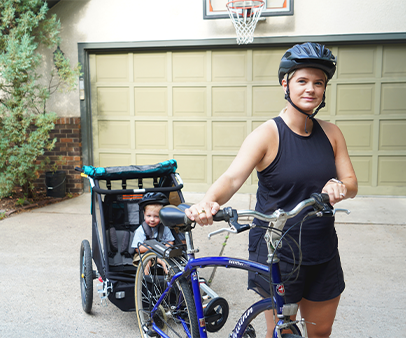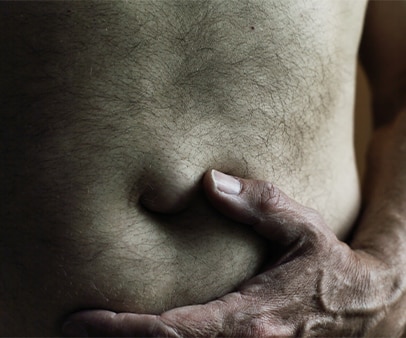According to the National Center for Health Statistics, over five million people in the United States suffer from hernias annually.1 While hernias are common in both men and women, women tend to show symptoms differently from men.2
Hernias in women tend to be smaller and deeper than male hernias and typically do not have a telltale bulge. Rather, female hernias can cause chronic, deep pelvic pain and occasional sharp, stabbing pain that comes on quickly and lingers.2 Because of the female anatomy, chronic pelvic pain in women is often misdiagnosed as something other than a hernia—like uterine fibroids, endometriosis, or ovarian cysts.3
Hernia Pain in Women
- Bending
- Getting in or out of bed or a car
- Prolonged sitting or standing
- Sexual intercourse and orgasms
- Coughing
- Laughing
- Straining
- Intense exercise
Most Common Hernias in Women5
Generally speaking, inguinal hernias are the most common type of hernia and they usually occur in men. However, most other types of hernias tend to affect women more than men, including:
- Femoral: When abdominal organs or tissue protrude through a weak spot in the groin or upper thigh muscles. This is because the female pelvis tends to be wider than a male pelvis.
- Umbilical: A hernia that creates a visible bulge in or next to your navel. If you’re pregnant or you’ve had multiple pregnancies, your abdominal wall has been stretched which can create a weak spot around your belly button where tissue can press through.
- Hiatal: When part of your stomach pokes through a weak spot in your diaphragm. The risk of developing a hiatal hernia increases with age or if you’re carrying extra weight.
- Incisional: When an incision from abdominal surgery (gastric bypass or a cesarean section) doesn’t fully heal and your organs push against the incision after abdominal.
What Does a Hernia Feel Like for a Woman?6
- Lower Body Pain: Pain in the pelvic area that can be mistaken for fibroids, cramps, cysts, or even endometriosis; hernia pain can occur in the lower abdomen, lower navel, hip, or pelvic areas, and upper thighs or legs.
- Muscle Weakness: Fatigue or heaviness in the groin or upper legs that gets worse with activity or movement.
- Nausea or Vomiting: Severe hernias that have become entrapped or cannot be pushed back in can cause gastrointestinal distress or an upset stomach, leading to nausea and vomiting.
- Burning: Fiery discomfort in the stomach, groin, sternum and upper legs.
- Fever: If you have a hernia and experience a fever, this may indicate an infection and medical attention should be sought immediately.
- Muscle Spasms: Pulling, twisting, gnawing, or tightness due to the damaged, separated muscles in the abdomen wall spasming around the obstruction; often triggered by stress, poor dietary considerations, and activities.
- Heartburn: Some hernias cause acid reflux and chest pain.
- Constipation and Gas: Hernias can disrupt normal bowel activity and prevent proper digestive system function.
Any type of pain is worth a visit to your healthcare provider. If you think you’re dealing with hernia pain, it’s important to have a healthcare provider diagnose whether your pain is related to a hernia or another condition. Should you experience symptoms including fever, nausea and vomiting, seek medical attention right away.
The guidance provided in this article follows general rules that should be discussed with your doctor. This article is for informational and educational purposes only. It does not substitute for medical advice. If in doubt, always consult your doctor.
Related Articles
Join the HerniaInfo.com community! Get notified about our latest articles and updates on all things hernia as they become available.


